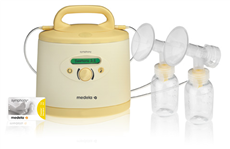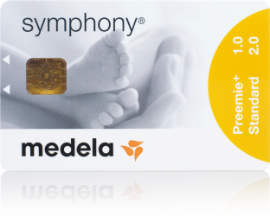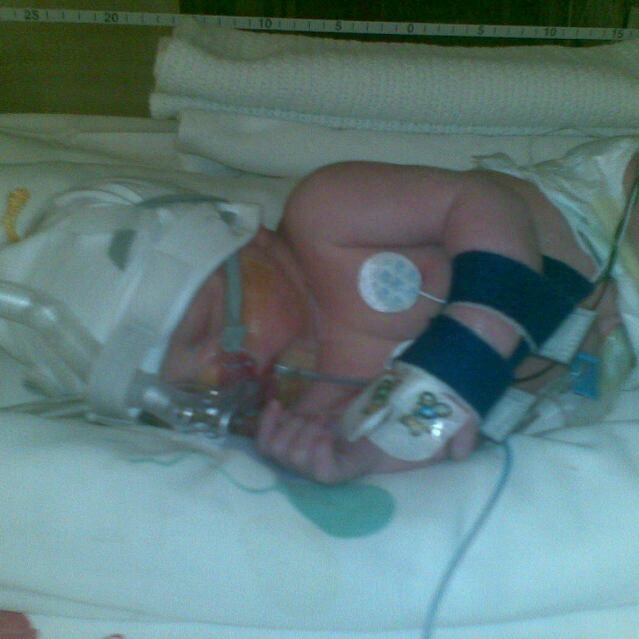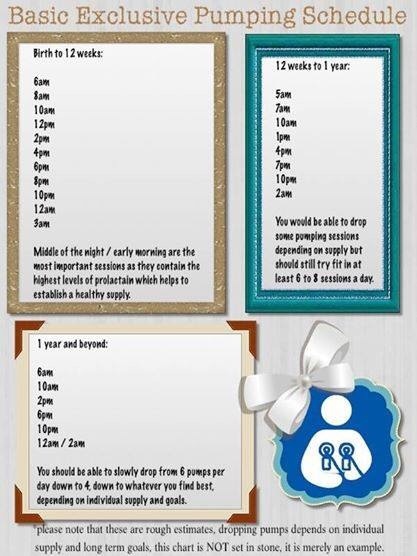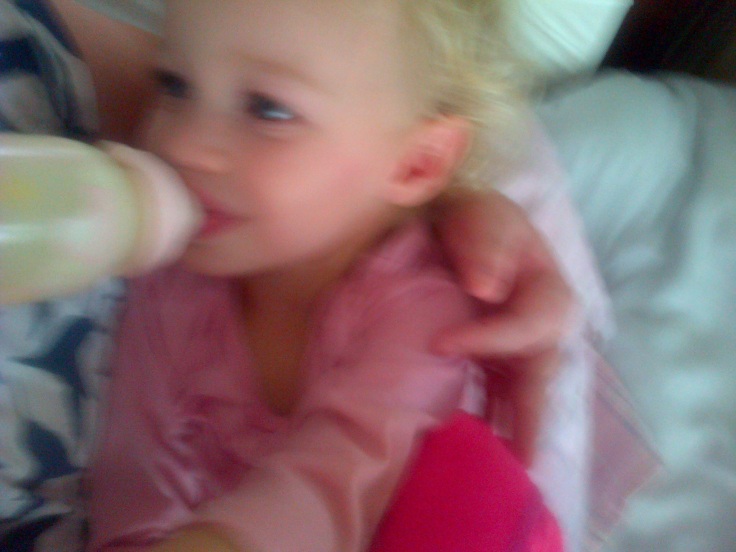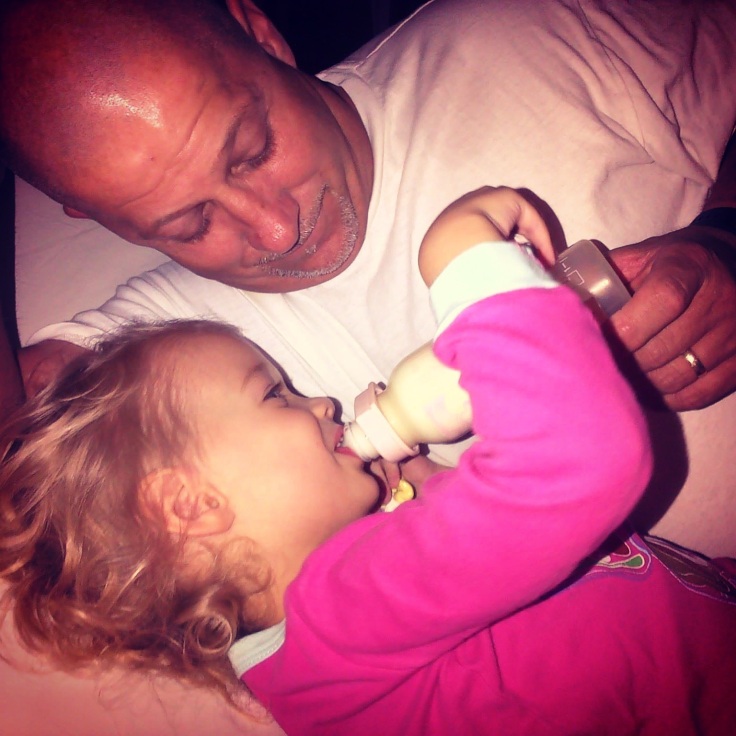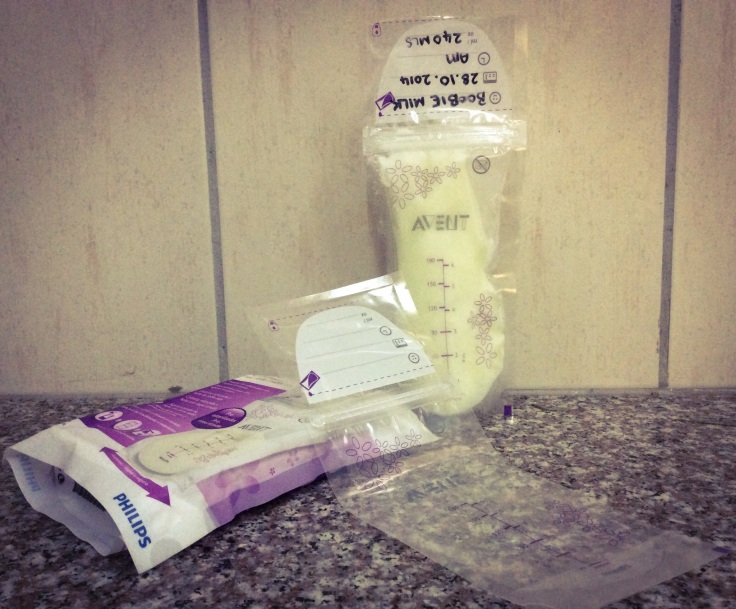Medela Symphony – the Breastpump of all Breastpumps!
Medela, in conjunction is the University of Western Australia, has developed the Symphony to fill a need in the breastpump market. The Symphony is also equipped with Medela’s unique 2-phase Expression Technology, which mimics the natural sucking behaviour of an infant.
The Symphony is a multi-user pump, designed to adhere to hospitals’ most stringent hygiene requirements as well as providing peace of mind to mothers. Each user is required to purchase their own kit, which includes a protective membrane that completely separates the pump set from the pump mechanism – this reliably prevents overflow of breastmilk, which would contaminate the pump mechanism.
The Symphony works with a chip card that is loaded with the programming for the pump. This card looks like a credit card and needs to be inserted before the pump can be used. There are two types of cards that can be used with the Symphony, the Standard 2.0 card and the Preemie+ 1.0 card. The Standard 2.0 Card uses the Medela 2-phase expression technology by entering Stimulation phase for the first 2 minutes of the session and then going into expression phase.
Medela have realised that there is a great need for moms of preemie babies to express much needed colostrum and establish their milk supply, in order to give their preemie baby the best chance of fighting infections and illnesses, therefore, the Preemie+ 1.0 Card.
Human milk is extremely important for premature infants as it helps to build their immature immune systems. The Preemie+ 1.0 program has been specifically designed to help the mothers of premature infants establish and maintain their much needed breastmilk supply. The Preemie+ Card has both the Preemie+ 1.0 program and the Standard 2.0 program. The Preemie+ 1.0 program was designed after extensive clinical research to determine how newborn babies’ nursing behaviour helps to establish mothers’ milk supply.
The Preemie+ program is a set 15 minute program that is designed to stimulate the mother’s milk supply and to help her to establish her milk supply. Using this setting for the first days after birth will help a mom of a premature baby reach the same milk production as the mother of a full term baby.
The Preemie setting can also be used to help a mom to relactate, or to bring on lactation in an adoption case.
The Preemie+ program works in two steps:
Step 1 – Support initiation using Preemie+
Preemie+ assists initiating and maintaining lactation in breastpump-dependent mothers with premature infants. For mothers who express their breastmilk after giving birth, the Preemie+ program is the ideal solution.
To activate the Preemie+ program, press “On/Off” and then, within 10 seconds, press the “let-down” button.
Once you have pumped off 20 ml of breastmilk in three sequential pump procedures you have achieved initiation of your lactation.
From now on you should use the standard program – see step 2 below.
Step 2 – Standard 2.0
Once you have expressed 20 ml of breastmilk 3 times in a row, please switch to the Standard 2.0 program.
To do this, simply press the “On/Off”-button.
Continue to use Symphony’s efficient 2-Phase Expression Technology, the pump will begin with a 2 minute stimulation phase and then automatically switch to the expression phase.
A double Symphony pump kit consists of the following;
2 x membrane caps
2 x protective membranes
2 x tubing
2 x valves with membranes
2 x breast milk collection containers with lids
1 x breastfeeding instruction guide
1 x instruction manual
These kits are also Nappi Coded and thus can be claimed from the most medical aid schemes.
Medela also manufactures a colostrum container that is compatible with the Medela breastshields. This container has a pumping capacity of 20 ml, and has a curved bottom in order to help that colostrum is not lost during the transfer to a syringe. The smaller size helps to keep mothers motivated and helps to set proper expectations of initial milk production.
Medela also have Pumping log which is designed for the unique challenges that a mother faces in the NICU. This unique troubleshooting tool can help nurses to support mothers and solve potential milk production issues before they become a major problem. It is designed to establish appropriate expectation of pumping, includes a list of benefits of providing breastmilk and has a bunch of helpful hints and tips. In addition to the hard copy Pumping Log booklet, it is also available as an iPhone App called medelaMe-iPhone App.
For more information on hiring the Symphony, contact Medela at info@breastpumps.co.za, or visit their website http://www.breastpumps.co.za.
